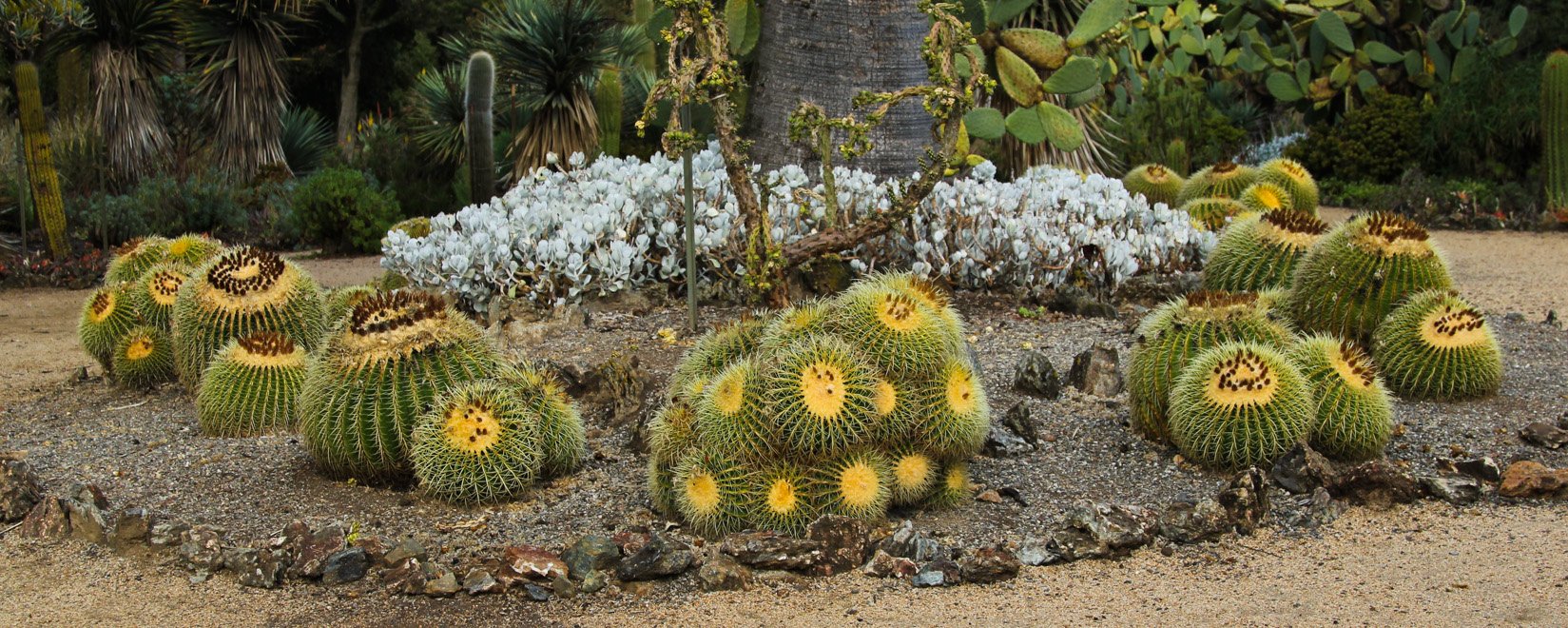Looking around the lush, green Stanford campus, with lawns and palm trees aplenty, Stanford cultivates an image of a paradise. That image makes it easy to forget that California continues to experience the worst drought of our lifetimes. Last year California had the lowest recorded rainfall in its 163-year recorded history. The formation of the Stanford-named Ridiculously Resilient Ridge, a high pressure system that blocked the much needed rain from hitting the California coast for the past three years, is responsible for our state’s severe water scarcity. Currently 79 percent of California is in extreme drought and 55 percent is in exceptional drought conditions, a category of drought so bad that the US drought monitor had to invent a whole new one.
Stanford is making great strides in water conservation. When the new Stanford Energy Systems Innovation project comes online, Stanford will cut water use by up to 18 percent on campus and the completion of the Stanford water recycling plant will further reduce Stanford water usage while exploring the future of water resources. Over 13,000 water-saving appliances have been installed across campus from dorms to dining halls.
But the largest use of water on campus is all around us in a very literal sense: the lawns and other non-native, water intensive vegetation on campus. Over 40 percent of all (from both lake and drinking sources) campus water use on campus is used solely for irrigation. Yet the only irrigation measures apparently taken so far have been forced watering restrictions on faculty housing, limiting watering to two days a week.
Stanford is by far the largest campus in the United States and second largest in the world, and we maintain a vast array of luscious lawns in a region where lawns are far from native. In comparison to our UC rivals, we use more than three times the amount of water used by UCLA (3.34 million gallons per day vs 0.8 mgd), and while Stanford still looks ready for Alumni Weekend brunch, UC Santa Cruz has essentially stopped all watering, even going as far as reducing irrigation for their football field by 45 percent. Despite being in the midst of the worst drought in our state’s recorded history, Stanford is as green and as water-guzzling as ever.
Sprinklers run every night across campus, watering sidewalks as well as the grass, leaving precious puddles of water in the morning. One exemplary case is Canfield Court where the lawn surrounding the statue Vanguard is in a constant state of mud due to overwatering. Not only are our irrigation practices clearly wasteful, economically unsound and environmentally disastrous, they are completely illegal under the new California water restrictions enacted by Governor Jerry Brown. Each misaligned sprinkler watering the concrete could lead to a $500 fine to the University. Beyond the potential fines, our excessive water usage is threatening four federally protected endangered species, including the tiger salamander and steelhead trout, in our local watershed.
Clearly we are doing something wrong.
It goes without saying that Stanford is proud to be a beautiful campus (if not the most beautiful in the world), but there is a simple, practical solution to maintain our beautiful campus while also saving and conserving precious water. Take a look up around the Dish and at Jasper Ridge Biological Preserve and you will find a wide diversity of native California vegetation that had been adapting to the dry arid chaparral climate of the foothills for years. And the species native to this area are not only incredibly drought-tolerant but they are equally stunning to look at. California poppies, coast live oaks and Indian paint brushes are some of the most impressive and iconic California plants and they don’t require any watering at all; the rain will suffice. The solution to our irrigation problem is literally across Junipero Serra Road. Xeriscaping is the process of utilizing native and other non-water-intensive plants, and if Stanford were to implement it, we could drastically cut our campus irrigation.
Looking at Stanford’s cactus gardens as an example, it is clear that an area can be beautiful without using significant amounts of water. Obviously, key spaces like the Oval and football and dozens of athletic and recreational fields can continue to be watered (we need the practice to Beat Cal this weekend), but there are dozens of lawns all across our campus that are not only superfluous but downright wasteful.
Stanford University is home to some of the foremost world experts on water management and policy like professors Buzz Thompson and David Freyberg; Stanford’s Woods Institute even recently hosted California’s Hamilton Project featuring Governor Jerry Brown to discuss the future of water policy. Yet we still have not significantly cut our own water usage since the onset of this epic drought; Stanford has only cut its water usage by three percent. Stanford needs to practice what it preaches. From the School of Earth Systems to the d.school, the brainpower exists for us to beautify our campus while also using less water, saving our campus money and protecting vital local ecosystems.
It’s time for Stanford to wake up and smell the wild roses and lupen, and get rid of our obsession with green lawns. We urge the University to start xeriscaping campus with drought-tolerant native plants, especially at new green spaces on campus like the one to replace Meyer Library. We can keep Stanford a gorgeous campus, preserve vital local ecosystems and save campus resources during this severe California drought.
Contact Joe Troderman at jtrod93 ‘at’ stanford.edu. This piece was co-authored by Zachary Gold. Zachary Gold ’15 is the co-president of Students for a Sustainable Stanford, majoring in marine biology and minoring in environmental engineering; contact him at zgold ‘at’ stanford.edu.
